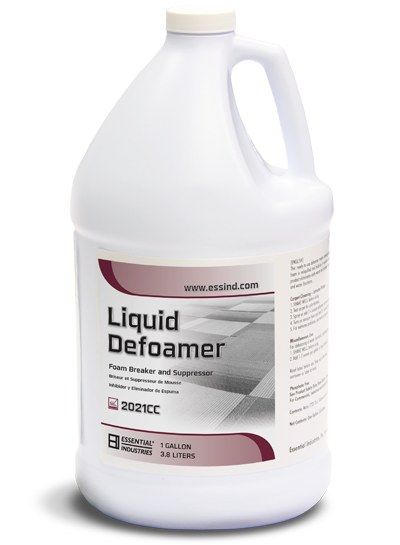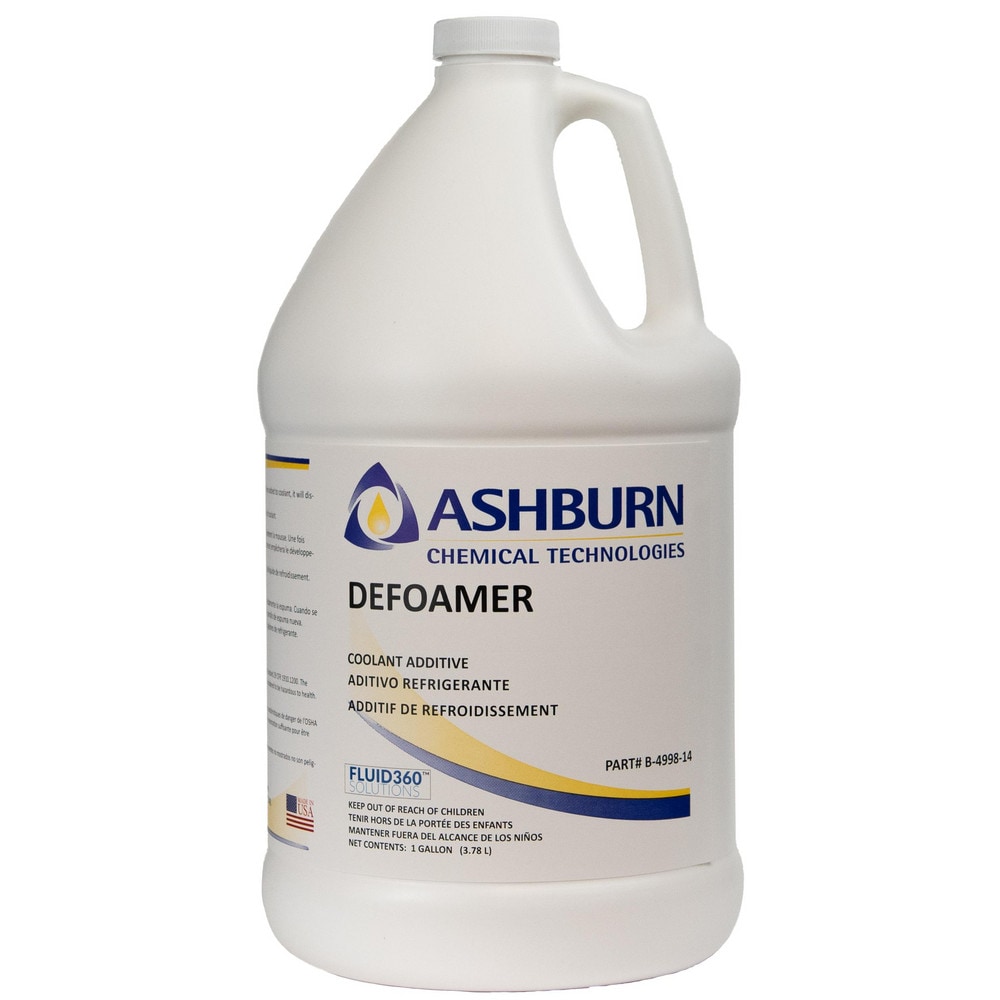The Technology Behind Chemical Defoamer and Its Foam Elimination Capabilities
Understanding Exactly How a Chemical Defoamer Functions to Boost Industrial Processes
Chemical defoamers play a critical duty in optimizing industrial procedures by efficiently alleviating foam-related challenges. Their ability to reduced surface stress and disrupt bubble development translates into smoother procedures and boosted effectiveness. Nonetheless, the mechanisms behind their action and the variety of offered formulas call for a closer assessment. Chemical Defoamer. Understanding these aspects could disclose substantial understandings right into not just enhancing manufacturing however likewise accomplishing cost savings across multiple sectors. What remains to be explored is just how these defoamers can be customized to satisfy certain operational demands.
What Is a Chemical Defoamer?
A chemical defoamer is a substance especially created to remove the formation or reduce of foam in numerous commercial processes. Frothing can disrupt production performance, impacting the quality and performance of products in industries such as food and beverage, pharmaceuticals, and wastewater therapy. Defoamers are important in these applications, as excessive foam can bring about operational difficulties, such as overflow, minimized blending effectiveness, and hindered warmth transfer.
The choice of an ideal defoamer is important, as various formulations may be customized for specific processes or kinds of foam. Factors such as compatibility with other active ingredients, temperature stability, and the designated application play a substantial role in the efficiency of a defoamer.
Devices of Defoaming Action
The mechanisms of defoaming action involve complex interactions between the foam and the defoamer framework. When a defoamer is presented to a frothing system, it moves swiftly to the surface area of the foam bubbles, displacing the maintaining representatives that add to foam security.
As smaller sized bubbles combine right into bigger ones, the total security of the foam lessens. In addition, particular defoamers might have hydrophobic parts that boost their capacity to destabilize the foam by producing an obstacle that prevents bubble formation. This double action-- surface tension decrease and destabilization-- permits an extra reliable malfunction of foam.

In addition, the thickness and spreading qualities of the defoamer play essential roles in its performance. A well-formulated defoamer will certainly guarantee rapid movement and optimum performance, reducing foam formation throughout industrial processes. By recognizing these systems, industries can much better pick and apply chemical defoamers to improve functional effectiveness and product top quality.
Types of Chemical Defoamers
Chemical defoamers can be categorized right into a number of kinds, each customized to particular applications and foam challenges. The key classifications consist of silicone-based, non-silicone-based, and powder defoamers.
Silicone-based defoamers are extremely effective as a result of their capability to spread swiftly across fluid surfaces. They provide exceptional foam suppression and security, making them suitable for numerous industrial applications, consisting of adhesives and coverings. Non-silicone-based defoamers, on the various other hand, typically rely on natural substances like fatty acids or esters. These are specifically favored in food and drink markets as a result of their low poisoning and regulatory conformity.
Powder defoamers include strong bits that can be contributed to dry processes or solutions. They are frequently made use of in procedures where fluid defoamers may not work, supplying a special option for certain applications, such as in the manufacturing of particular types of powders or plastics.
In addition, each kind of defoamer can be customized with numerous additives to improve effectiveness, such as surfactants or emulsifiers, enabling versatility in resolving different lathering circumstances throughout multiple industries.
Applications in Industrial Processes

In the food and drink industry, defoamers are essential during the production of juices, beers, and milk products, where too much foam can hinder blending and filtering procedures. By decreasing foam development, defoamers assist maintain constant product high quality and optimize handling times.
In pharmaceuticals, the existence of foam during the mixing and solution of medicines can influence dosage her response precision and product security. Defoamers ensure smooth procedures, thereby assisting in the manufacturing of top notch pharmaceuticals.
Wastewater therapy centers also count on defoamers to control lathering in oygenation storage tanks, which can or else reduce treatment performance and complicate sludge handling. By successfully taking care of foam, these chemicals enhance the general efficiency of treatment processes and add to regulatory compliance.

Advantages of Making Use Of Defoamers
While foam can provide considerable challenges across numerous sectors, using defoamers click here for info provides various benefits that boost functional effectiveness and product integrity. Defoamers effectively get rid of or decrease foam development, bring about smoother production processes and boosted item quality. This decrease in foam lessens interruptions during production, permitting continuous procedure and boosted throughput.
Furthermore, the application of defoamers can lead to set you back savings by lowering the requirement for excess resources and power consumption related to foam administration. By optimizing the manufacturing process, suppliers can accomplish higher returns and lower waste, inevitably improving productivity.
Furthermore, defoamers add to much better equipment efficiency. Foam buildup can cause clogging, overflow, and devices wear, resulting in expensive downtime and maintenance. By stopping these issues, defoamers prolong the lifespan of machinery and lower operational prices.
Conclusion

A chemical defoamer is a compound specifically created to minimize or eliminate the development of foam in various commercial processes. When a defoamer is presented to a lathering system, it migrates quickly to the surface of the foam bubbles, displacing the maintaining agents that add to foam stability. A well-formulated defoamer will certainly guarantee quick migration and optimal performance, minimizing foam development during industrial procedures. Defoamers efficiently eliminate or decrease foam development, leading to smoother production procedures and improved product top quality.In final thought, chemical defoamers play an essential role in boosting industrial procedures by properly decreasing look at more info foam development.